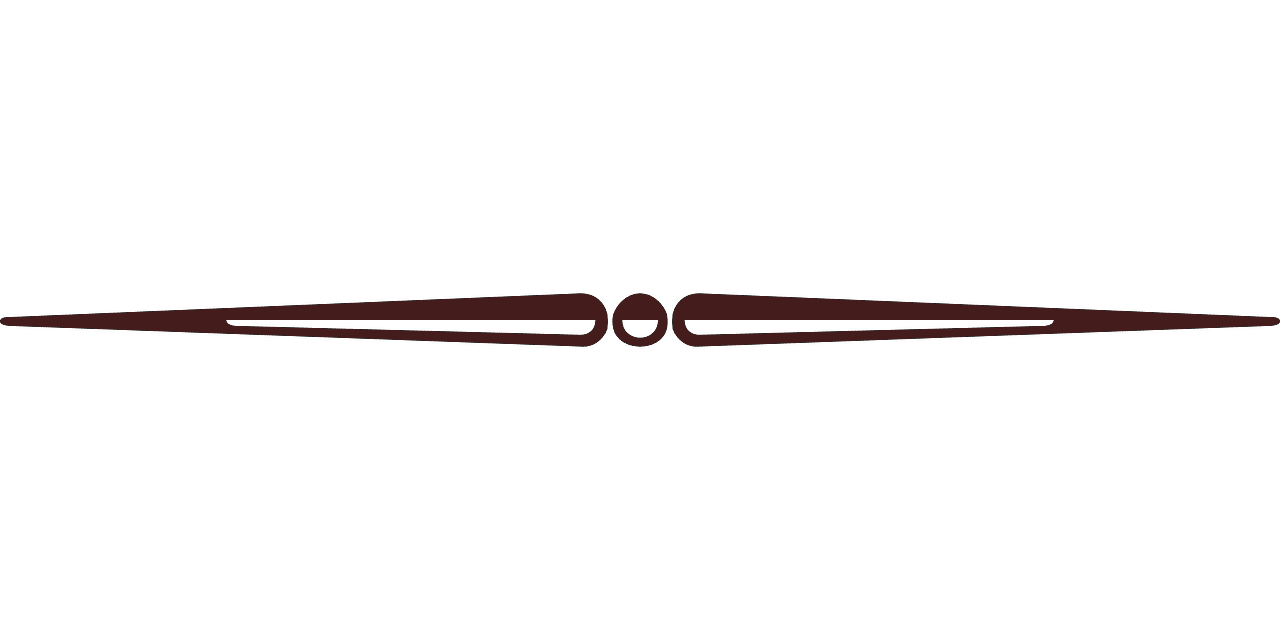WHAT IS PERIPHERAL ARTERIAL DISEASE (PAD)?
Whenever recurring leg pains bring you to a standstill, like when window shopping, it is often called ‘window shopper’s disease’. It is caused by circulatory disorders of the leg arteries and has the medical term peripheral arterial disease (PAD).
Despite its harmless name, it is a serious illness and occurs frequently. Around one in ten over the age of 55 suffer from narrowing of the arteries in the leg and pelvic regions. This figure rises to around 20% among those over 65.
It is a chronic, progressive illness which is often associated with other diseases e.g. circulatory disorders of the coronary vessels or of the brain-supplying vessels. This means that for those with PAD there is a very high risk of heart attack or stroke!
How does PAD originate?
Genetic factors (familial predisposition) present a basic risk, which under the influence of other risk factors, ultimately determine the individual risk of a person suffering from atherosclerotic vascular disease.
In arteriosclerosis (= also known informally as arterial calcification) the process is usually slow and leads to characteristic changes in the blood vessels. Fat and calcium are increasingly deposited in the blood vessel walls. The walls of these vessels then thicken, they lose their elasticity and their diameter becomes ever narrower.
RISK FACTORS
ALARM SIGNALS
The following symptoms, which are easily recognisable, should prompt you to consult your doctor immediately:
Newly occurring pain while walking or acute worsening of pain-free walking distances
Burning or pain in the feet or toes even during rest or while lying down
Pale skin colour in the foot area
Problems in the healing of small wounds in the foot and toe area
HOW IS A DIAGNOSIS MADE?
Through the careful collection of medical history and clinical examinations
- INSPECTION, PULSE PALPATION
- DOPPLER PRESSURE MEASUREMENT
- DUPLEX SONOGRAPHY
- MAGNETIC RESONANCE ANGIOGRAPHY
THERAPY
What can you do yourself?
The most important measures in the prevention and therapy of PAD are as follows:
- Nicotine abstinence – stop smoking!
- Do regular exercise –the so-called “gait training”
- Blood sugar checks and optimal regulation of diabetes
- Control blood lipid levels; avoiding in particular animal fats and possibly supplementary drug therapy
- Avoidance of overweight
- Regular blood pressure checks
- Regular examinations of the vessels, when risk factors apply.
→ Gait training
Regular training has proven to be very effective. It leads, among other things, to the formation of new blood vessels, which can bypass a closed vessel section and supply the muscles with oxygen again. The pain decreases and the possible walking distances are often extended by targeted walking training. Essentially, walking distance, speed and time must be adapted to the individual’s performance as gait training must not lead to severe pain. Therefore interval training is useful. This means that you stop walking shortly before pain occurs, rest a while, do the next part, rest again and so on. For the entire gait training, regularity is more important than intensity.
→ Care should not be underestimated
Blood circulation limited by PAD also means that the healing of even the smallest injuries can be difficult and infections can occur. A daily check is therefore particularly important. Furthermore, those affected should not wear tight shoes or stockings. Diabetics must be especially careful.
What does the doctor do?
The necessary therapeutic measures depend primarily on the severity of the PAD and on the subjective impairment of the affected patient.
In principal, the following measures are available: movement therapy, medication, catheter treatment, and the possible additional insertion of a stent (this is a “support corset” for the artery). Bypass operations are rarely necessary: in this case, the closed vessel section is bridged by an artificial detour.
→ Medical Therapy
A number of drugs are available to the physician to treat PAD. Antiplatelet medicines (such as acetylsalicylic acid and Clopidogrel) and anticoagulants (such as Marcomar) are primarily intended to prevent, or at least delay, the disease.
Balloon dilatation (so-called PTA) is one of the standard methods of treatment for PAD. Firstly, a catheter is pushed through the throat or occlusion. The balloon is then pumped, which pushes the narrow arteriosclerotic part aside. In this way this ‘bottleneck’ is removed and the artery expands.
Due to improved catheter material and the increased experience of the doctors performing these procedures, results have been improved over the last few years, which means that vascular operations are becoming increasingly rare.
In most cases, it is also possible to avoid an amputation if all possible therapeutic measure are used.



